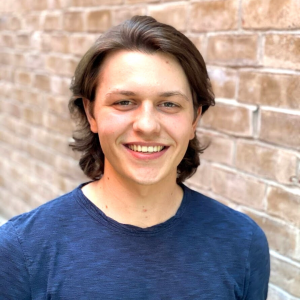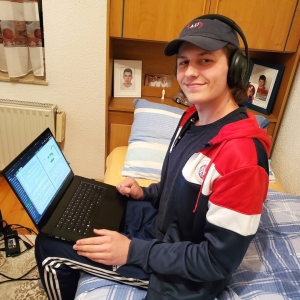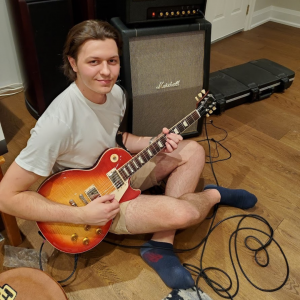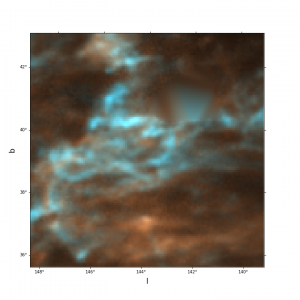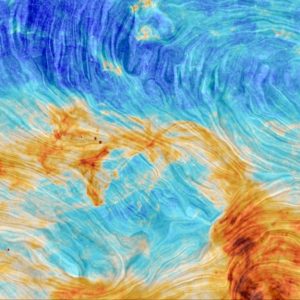Luka Vujeva recently graduated from the University of Toronto, specializing in Astronomy and Physics. He will be pursuing a Master of Physics with a specialization in Astrophysics at the Niels Bohr Institute in Copenhagen. Luka grew up in Etobicoke and is a proud Croatian-Canadian, who is equally passionate about music, reading, and playing guitar.
What made you decide to participate in SURP?
It has been a dream of mine to pursue research in astrophysics since I was a child, and SURP not only provided me with this opportunity, but allowed me to participate in incredibly exciting projects. The quality of the work being done at UofT is phenomenal, and I am incredibly humbled to have the opportunity to be a part of the research being done here.
What is your favourite thing about SURP?
My favourite thing about SURP is the opportunity to work with world class researchers and to truly learn form the best in the field. My supervisors emphasized the importance of not only the quality of the science being done, but also took the time to show me how to follow through and write compelling papers, as well as format findings to be clear and concise. I also found the AST101 lectures to be incredibly compelling and they got me interested in many topics that I would not have been exposed to otherwise.
Can you tell us about your research project?
My research project is studying the thermal and turbulent properties of the Interstellar Medium (ISM) in intermediate velocity (IVC) gas towards Ursa Major using data from various surveys such as the GHIGLS 21cm line survey (Martin et al. 2015) and the DHIGLS 1’ survey (Blagrave et al. 2016). The ISM is believed to be comprised of three distinct “thermal phases” of neutral hydrogen: the Warm, Lukewarm, and Cold Neutral Medium, and the main goal of my research was to separate these phases using a tool called ROHSA (Marchal et al.) and calculate properties such as the temperature of each phase, as well as the contribution that turbulence makes to the total line width. This is extremely exciting because it is believed that the gravitational collapse of large, over dense structures found in molecular clouds (of which Cold Neutral Medium (CNM) structures are the precursors) is what leads to the formation of stars.
Can you explain how SURP has perhaps been different from your undergrad work?
SURP has been very different from my undergrad work in that it allows you to dive far deeper into a topic than is possible during your undergraduate studies. Most of the problems you encounter in your undergraduate studies have well defined answers, but the open ended nature of SURP projects allow you to trudge through the unknown and dive into the specifics of a topic to understand the limits of our understanding of topics. This makes it even more rewarding to work on a SURP project since you truly feel as though you are contributing to furthering our understanding of exciting topics in astronomy.
What are your plans for the future?
My plans for the future are to complete my master’s and ultimately pursue a PhD in the field. My end goal is to become an astrophysicist and continue to do research. Down the road, I would also love to build a telescope in my hometown of Livno, Bosnia and Herzegovina, given its ideal conditions for a ground based telescope.

